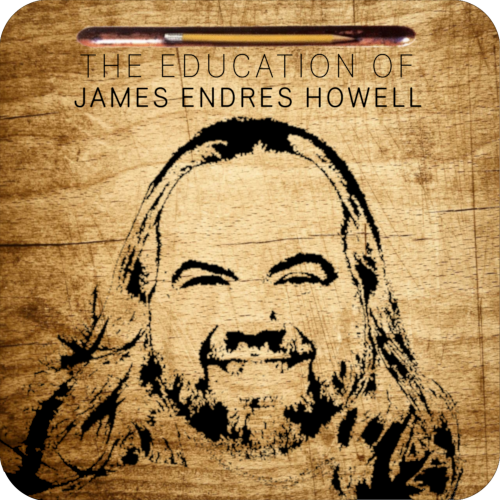Just a theory: the flat earth vs. evolution
One of my proudest moments as a father went like this. I asked my fifteen-year-old son:
Say you have a telephone pole in Pennsylvania. And another telephone pole in Argentina. What is the angle between the two telephone poles?
He thought for a second. “How far away are they from each other?”
“Say 6,000 miles.”
He thought for another second. “Ninety degrees.”
“That’s correct! How did you get it?
“Well, the Earth is 8,000 miles in diameter, so pi times 8,000 is roughly 24,000 miles. And 6,000 is one quarter of 24,000, so it’s a ninety degree angle.”
I was super proud that he knew the diameter of the Earth, but I was even more proud that he had the ability to make the calculation. The calculation itself is trivial: in my experience, anyone can carry out this calculation. But most people lack the confidence to get to the calculation step.
When I first started dating my now-wife, her father (my now-father-in-law, my kids’ now-grandfather) loved to “show me how much he likes me” by quizzing me. The first time I visited he opened the dictionary and tried to find words that I couldn’t define. He never found one, and he was pissed. (But it still made a good impression.)
When we’d been married a few years, we had a chance to visit Argentina. Both of my wife’s parents were nervous about our flying abroad. To ease the tension, and to mess with me, my father in law asked me:
Say you have a telephone pole in Pennsylvania. And another telephone pole in Argentina. What is the angle between the two telephone poles?
I had just looked at the plane ticket (back when you got a paper boarding pass in advance) and saw that we were each about to earn 6,000 miles. I thought for a couple seconds, and I got the same answer the same way my kid did twenty years later—but not quite as fast. My father-in-law was pissed. (But it still made a good impression.)
When we got to Argentina, it was totally mind-blowing to us how plain weird it was to be in the Southern Hemisphere. We flew a few days before New Year’s Eve, and going from the shortest darkest days of winter to the longest loveliest days of summer was wonderful! (The return trip was too depressing for words.) Having Orion on the other side of the sky, and all the other constellations unfamiliar, was an experience I found disorienting to the point of terror. We kept getting turned around, trying to navigate Buenos Aires and Córdoba, because we kept unconsciously orienting ourselves with the sun to the south—except the sun was on the north side of the sky.
And then, walking one night through the balmy December streets of Córdoba, we saw an owl fly through the cone of light under a streetlamp. That was memorable enough. But then I looked at the moon, almost full. And it wasn’t the familar face of the moon.
The face of the moon was rotated ninety degrees.
I tell these stories every year in my “Genetics, Ecology, and Evolution” course. They are not at all relevant to those topics directly, but they are a withering rebuke to the idea that “eVoLuTiOn iS OnLy a tHeOrY.” It’s easy to mock the flat-earthers, but how do you know that the Earth is a sphere? How do you know that the moon orbits the Earth and the Earth orbits the sun? Photos from space don’t count: all of your evidence has to come from your own direct experience.
The idea that the Earth is a sphere in a heliocentric system is a theory. It is built from a very large set of observations within a mechanistic model in which:
- every observation is consistent with all the others, and the model, and
- the model is sufficiently sophisticated to make predictions that can be tested, and
- all of the observations made to test the predictions are consistent with all other observations, and with the mechanistic model.
This is devastating to the flat-earth model, because its explanatory and predictive power is total garbage compared to the consensus model. This model has gained consensus not because NASA and Google profit, somehow, by deceiving you. The consensus model has gained consensus because of its success.
It has been rather disappointing how few of my university students exhibit the confidence to calculate the angle subtended between New York and Buenos Aires. But that is a topic for another time.
It has been perfectly brilliant to see how many of my students come to understand the power of the scientific method—and especially the might of scientific theory—by confronting, and then overcoming, their own inability to convince me, pretending not to believe the Earth is round.

Comments